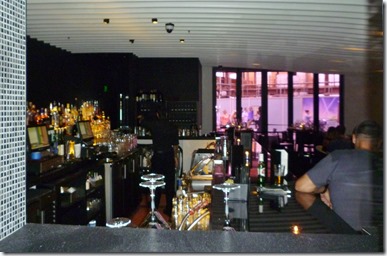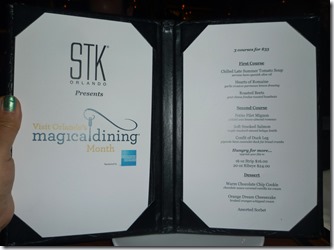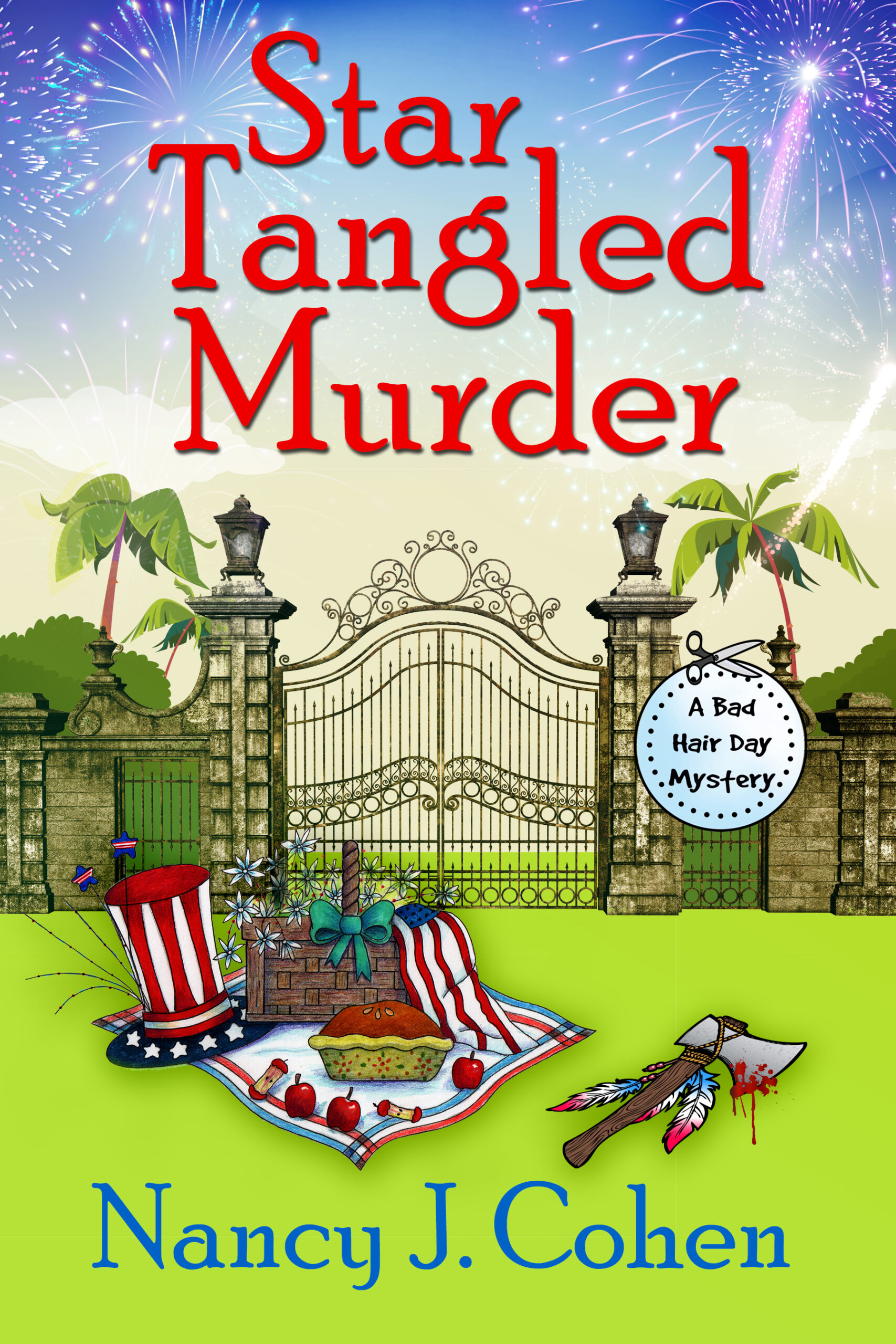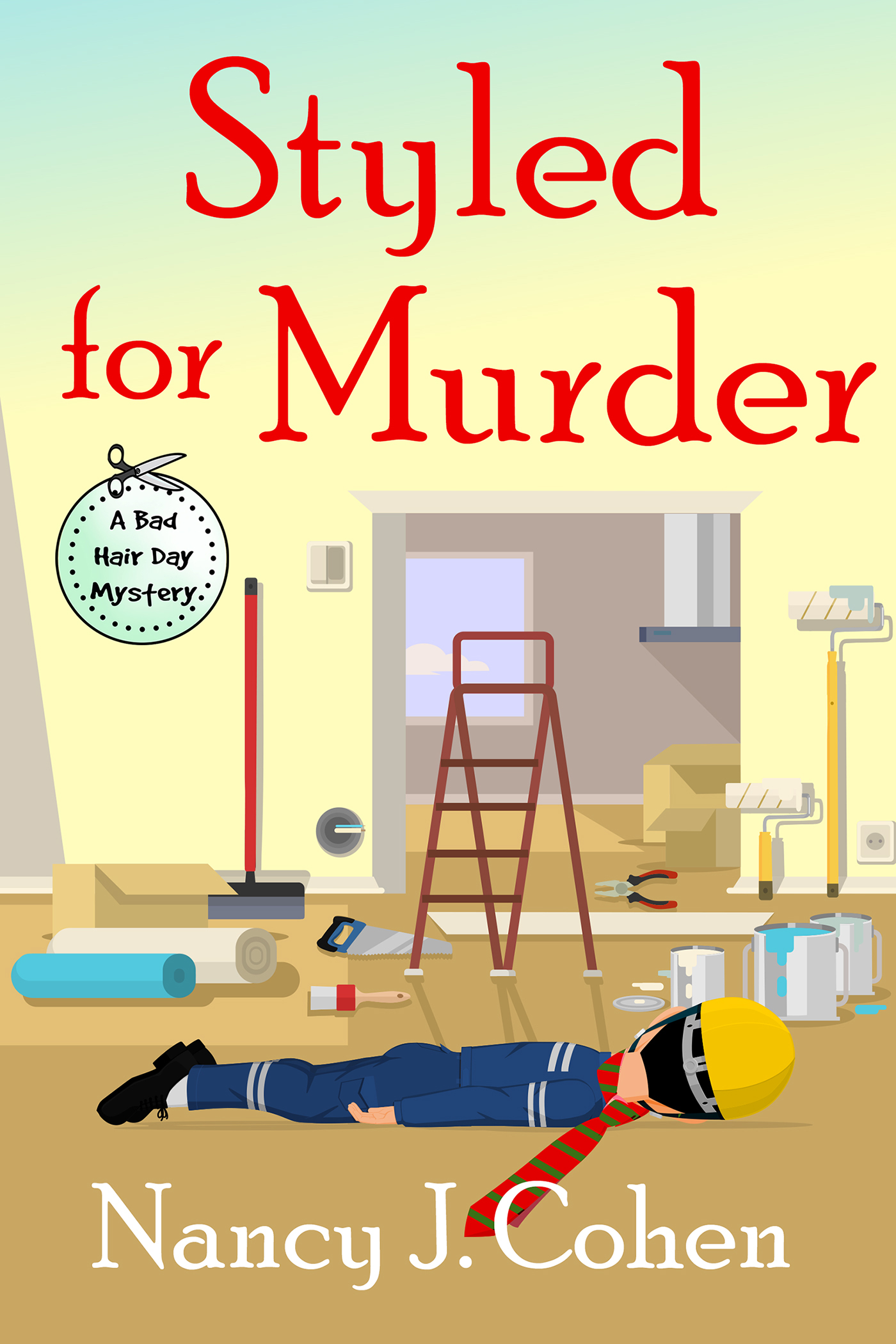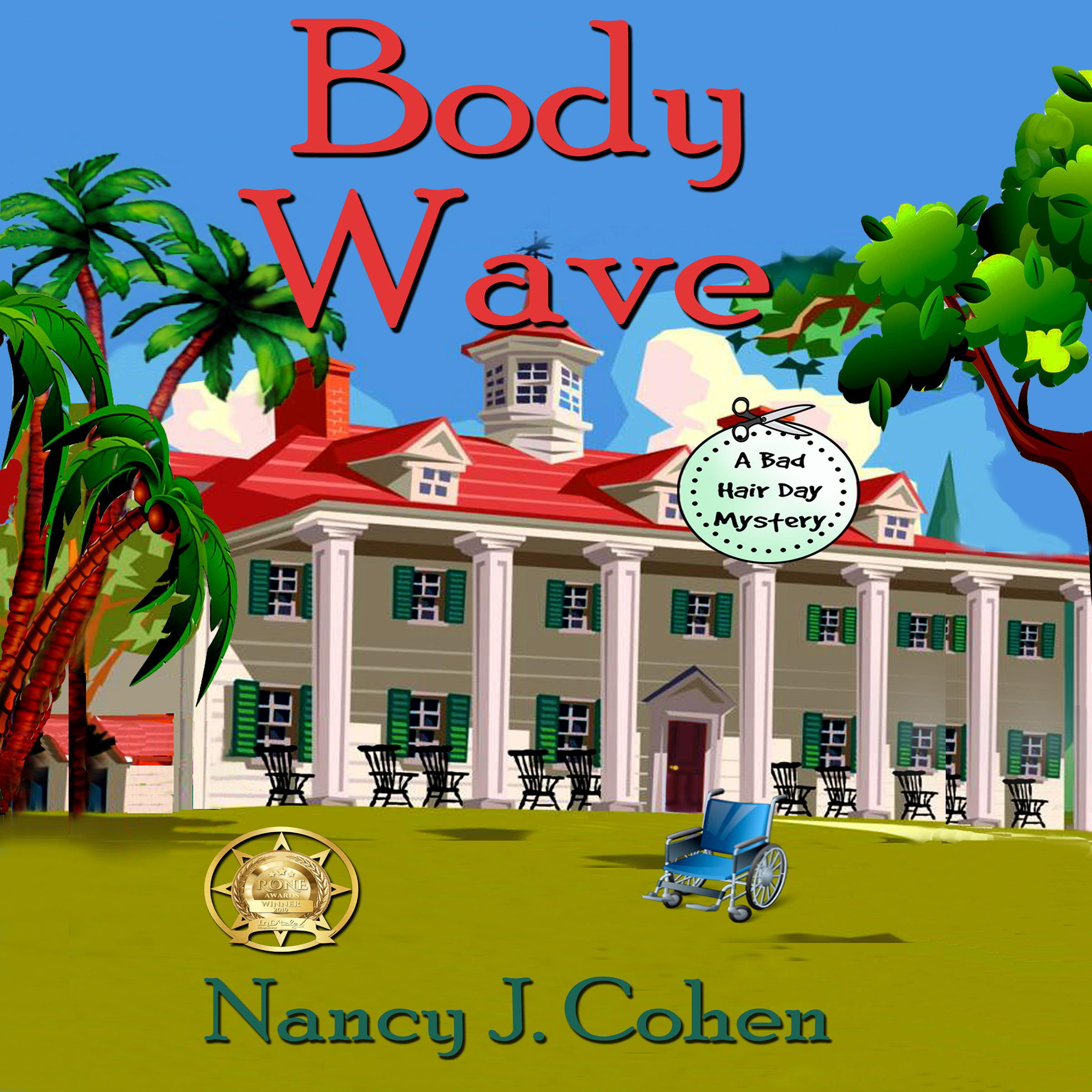Haunted Hair Nights – New Release
Haunted Hair Nights: A Bad Hair Day Cozy Mystery Novella is now available in ebook and print. This title originally appeared in Happy Homicides 4: Fall into Crime. My new standalone edition includes a bonus chapter from Facials Can Be Fatal (Bad Hair Day Mystery #13).
When history teacher Bill Ripari offers his property for a school haunted house project, hairstylist Marla Vail volunteers to put the scare factor into the props’ hair. She joins her stepdaughter along with other students, parents, and teachers to transform the wooded estate into a creepy attraction.
Marla is busy creating decorations when she spies a splash of red on the estate grounds. Curiosity compels her to go outside for a closer look, but the dark stain isn’t fake blood meant to be part of fright night. Instead, the trail leads straight to the history teacher’s dead body.
Worried about the kids, Marla puts on her sleuthing hat to investigate. She discovers every one of the volunteers present that night had a possible motive. Between slacker students, helicopter parents, unexpected heirs, and a stonewalling school administration, Marla has her hands full in solving the murder and keeping her stepdaughter safe.
JOIN MY LAUNCH PARTY TONIGHT from 6:30 to 8:00 pm at https://www.facebook.com/NewReleaseParty
Reviews are needed, so I urge you to post a customer review at any of these sites. It doesn’t matter if you’ve read the story in Happy Homicides or the standalone version. Go here to add your review or to order your copy of the book. Also consider adding it as a gift for the people on your holiday shopping list.
Add to Goodreads List: https://www.goodreads.com/book/show/32187650-haunted-hair-nights





















